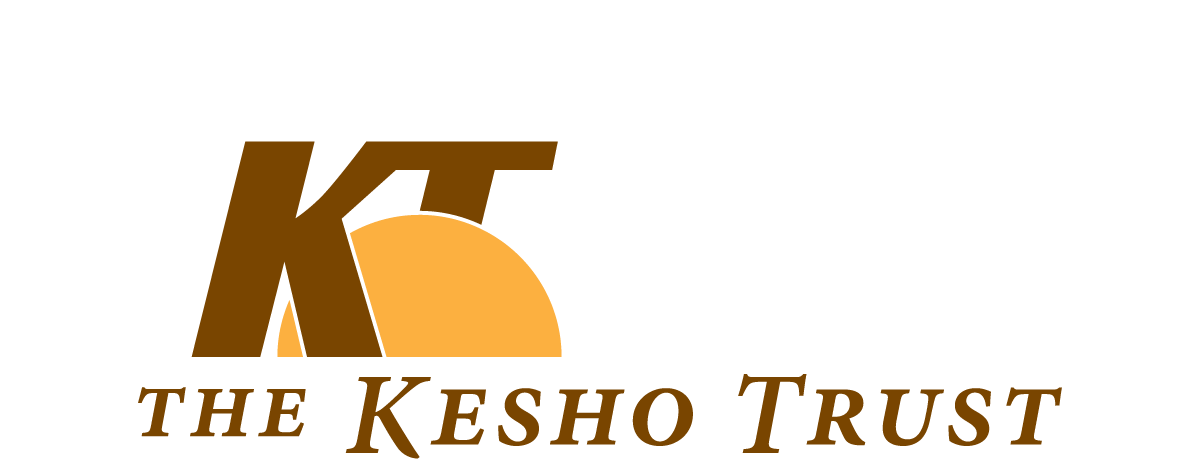Bruce’s recent jouranl entry raises some very significant observations around poverty which I would like to build on. As I think you rightly highlight, poverty is multi-dimensional and often subjective which is why coming up with generalised definitions and development interventions is so difficult. Just as you point out, there is a tendency for development to focus on income (economic) poverty. Internationally poverty is often measured by economic indicators with governments referring to the existence of a poverty line (absolute or relative) – an amount of money per person below which people are assumed to be in poverty, above which they are not. But this line (current international threshold stands at $1.25 per day) whilst helpful as a general indicator at the macro level should really be just a benchmark – it actually tells us very little about what we can do to improve things because for that, we need to understand why people have so little in the first place.
To me, the examples you have presented in your post reflect an important aspect of poverty which is missed by the income poverty focus – vulnerability. The three women described in your post each have different levels of vulnerability. How prepared are households or individuals for dealing with the unexpected (a medical emergency, death of a household member, crop failure, unemployment etc). This is an important predictor of poverty. The value and nature of their assets, the safety nets they have access to, the way they are perceived by others, and the power they have to influence decisions and livelihoods choices, create a level of vulnerability which will contribute to their overall experience of poverty.
The woman with the three children living locally is arguably the least vulnerable of all, the one with no surviving kin is perhaps the most vulnerable. However, they are all women, all around 60 and two have obvious disabilities. It is these factors, amongst others (which have not been identified in your post) taken in conjunction with their objectively assessed economic status that will influence their overall poverty. This is what makes it multi-dimensional. In many respects income poverty is really just a symptom. Focusing only on programs that promote livelihoods therefore may not resolve the situation in a sustainable way because the multi-dimensional nature of poverty means there are many contributing factors.
My experience, working with people with disabilities shows that livelihoods interventions on their own rarely improve the economic situation. As people with disabilities they often have limited education, have few, if any, assets and are subject to stigma and discrimination from families and communities. Even if they have good skills as a carpenter for example, they may find few people will hire them ‘because they are disabled’, or they may fail to move around the community because transport is inaccessible, or the local micro-credit bank won’t give them a start up loan because they don’t recognise the role of interpreters or advocates and cannot therefore communicate directly with potential deaf, deaf-blind or intellectually impaired clients (in fact all three scenarios are not uncommon).
I think the research area that you focus on is very much influenced by poverty, most especially if you are adopting a multi-dimensional approach. And I suspect, perceptions of vulnerability will be a factor in people’s decision-making. It would be interesting to look further into this as you assess how people make livelihoods decisions in the face of uncertain and changing environmental conditions.
Giving people the opportunity to comment on their own perceived status, in relation to others in the community has raised some interesting questions for me which I feel are worth considering. You chose to define poverty (partially) through social participation and status; power and influence; and economic status. It would be interesting to know what influenced you to come up with these categories and whether in the light of your research experience, you would recommend these as good measures for others or for some modifications to be made. If you had the opportunity, do you think it would be beneficial to work more closely with community representatives to define poverty/vulnerability as a precursor to work on conservation and livelihoods decision-making? Is there a strong enough link between poverty/vulnerability, livelihoods decision-making and conservation?
Turning to the data itself are there links among the three categories? Do people ranking themselves low in one category consistently rank themselves low in another? Are there patterns emerging linked to age or gender? Interestingly you present data showing people’s power and influence does not seem to be linked to their financial status contrary to what we might expect from our experience in the capitalist West.
When it comes to working with communities on actions to improve their situation, factors like this may well play an influential role in how successful and sustainable they are. And as the woman you quoted at the start demonstrated, those who are living in the situation may find it impossible to objectively assess their status making community based research like this a vital part of successful development programming. I am really looking forward to seeing how your analysis develops and to what kinds of conclusions it leads.
by Lorraine Wapling
